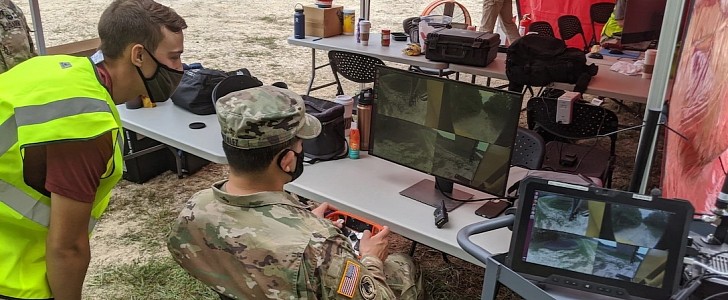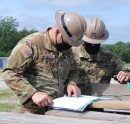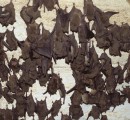With all the recent military focus on drones and electronic warfare, we might think that natural threats during combat are just a thing of the past, and that it’s all about cyberattacks now and in the future. However, natural biological threats are not just part of some outdated movie. They’re so real, that the Army is investing over $14 million in trying to combat them.
While other military departments are focusing on advanced weapons and next-generation digital capabilities, a research team at the U.S. Army Engineer Research and Development Center-Environmental Laboratory (ERDC-EL) is analyzing spiders, bats and viruses. Right now, they’re documenting the natural threats that are present in subterranean locations, like caves and tunnels.
The objective is to develop sensors capable of detecting all of these biological threats, which will then be fitted on robots. These unmanned vehicles will have the task of inspecting subterranean locations before the armed forces enter, to make sure it’s safe to do so. This is an increasingly important factor, since military operations overseas are starting to move underground.
Ironically, the advancement of optical sensing technologies, such as those based on satellites, has pushed the adversaries to go back to one of the oldest strategies in history – hiding in natural caves or tunnels.
In environments like these, American soldiers can’t know what to expect, and are faced with the real danger of being attacked by disease-carrying creatures. This is why the Army wants to develop a robot that can detect these threats ahead of time.
The project was initiated this year, and the team is getting ready to explore various microclimates in the U.S, in order to catalog as many potential threats as possible, from macroscopic ones, like bats and reptiles, to microscopic ones, such as bacteria and fungi.
The Mammoth Cave system in Kentucky and the old mining caves near 29 Palms, in California, are some of the locations on the list.
The research team members will be using thermal cameras for detection, and the data will be used to design the sensors which will then be integrated onto a robot vehicle.
The objective is to develop sensors capable of detecting all of these biological threats, which will then be fitted on robots. These unmanned vehicles will have the task of inspecting subterranean locations before the armed forces enter, to make sure it’s safe to do so. This is an increasingly important factor, since military operations overseas are starting to move underground.
Ironically, the advancement of optical sensing technologies, such as those based on satellites, has pushed the adversaries to go back to one of the oldest strategies in history – hiding in natural caves or tunnels.
In environments like these, American soldiers can’t know what to expect, and are faced with the real danger of being attacked by disease-carrying creatures. This is why the Army wants to develop a robot that can detect these threats ahead of time.
The project was initiated this year, and the team is getting ready to explore various microclimates in the U.S, in order to catalog as many potential threats as possible, from macroscopic ones, like bats and reptiles, to microscopic ones, such as bacteria and fungi.
The Mammoth Cave system in Kentucky and the old mining caves near 29 Palms, in California, are some of the locations on the list.
The research team members will be using thermal cameras for detection, and the data will be used to design the sensors which will then be integrated onto a robot vehicle.






